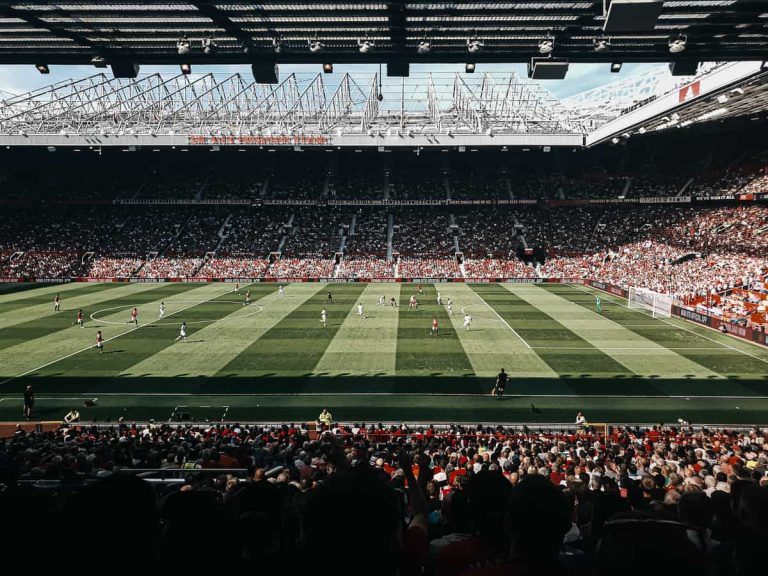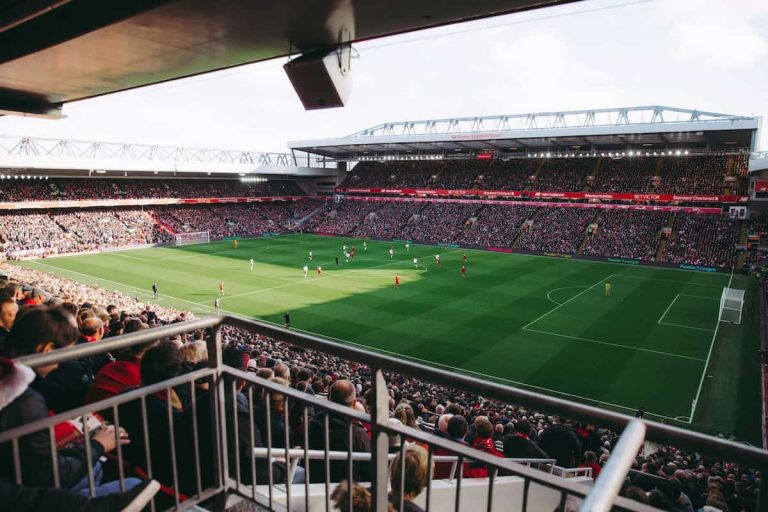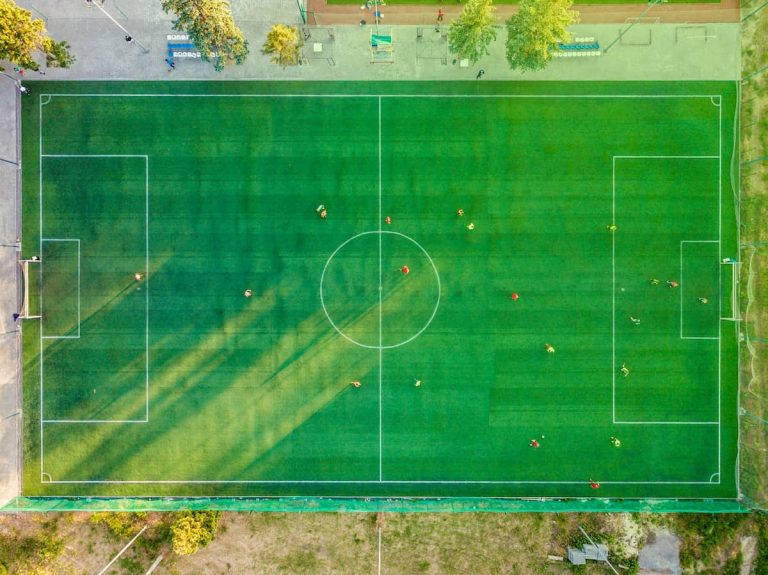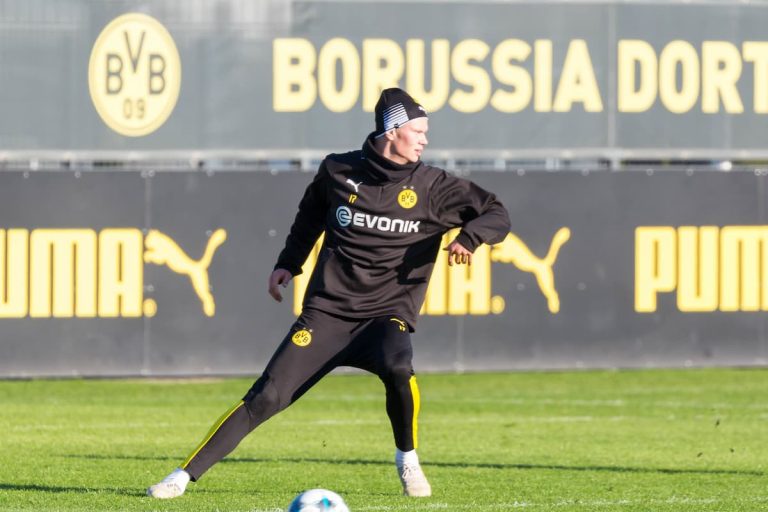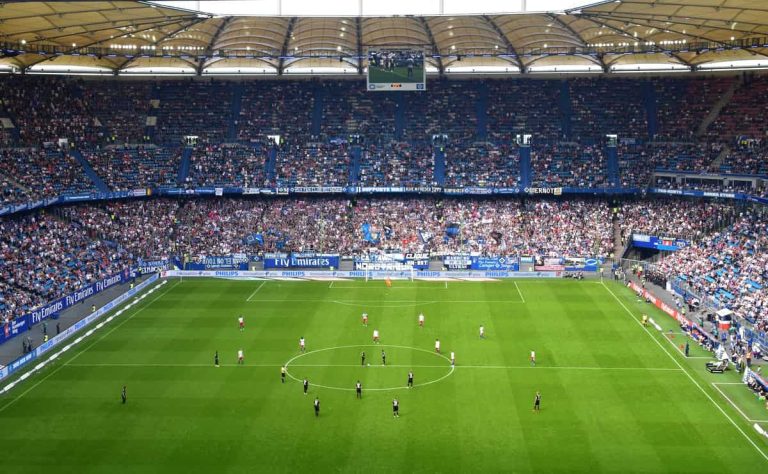What Are Phases of Play in Football?
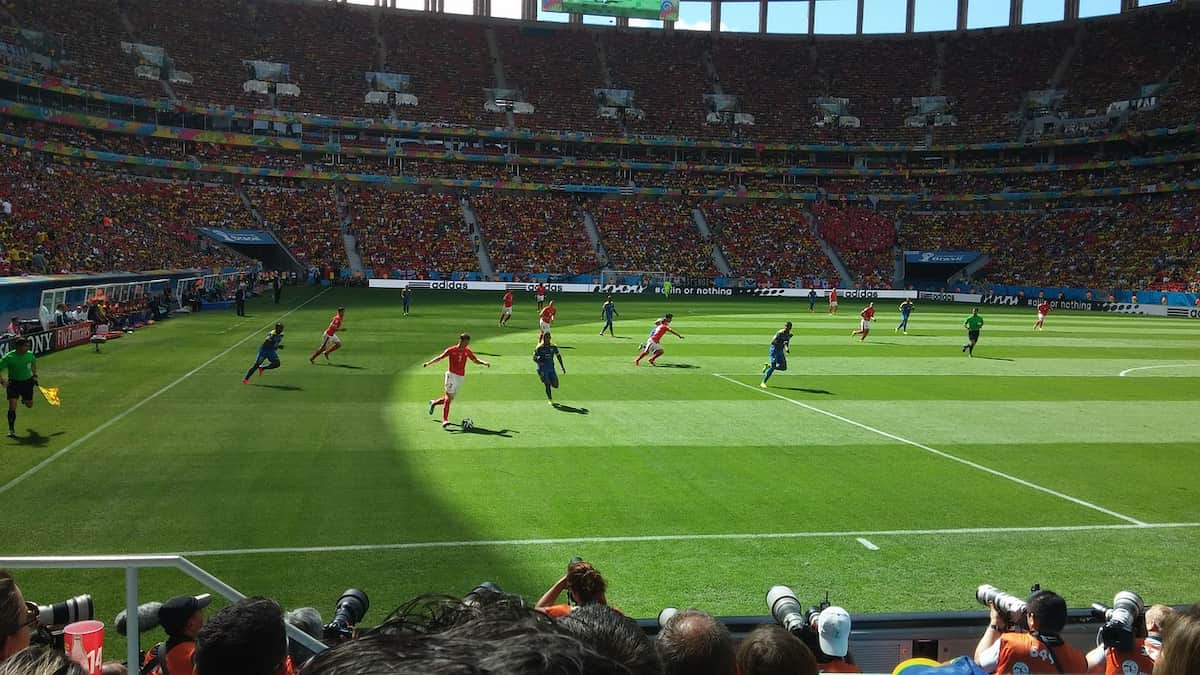
Table of Contents
What Are Phases of Play in Football?
The four main phases of play in football are the build-up phase, progression phase, creation phase and the transition phase. Three of these phases represent different thirds of the pitch – the build up phase takes place in the first third, the progression phase in the second third and the creation phase in the final third.
Different Phases of Play in Football
There are different categories of phases of play in football, including attacking phases of play and defending phases of play. In addition, phases can be broken down into out-of-possession phases and in-possession phases of play.
Build-up Phase
The first of the football phases of play is the build-up phase. This takes place when a team is in possession in the first third of the pitch. The aim of the build-up phase is to break the first line of the opposition’s press by playing the ball through them, around them or over them.
During this phase there tends to be an overload, i.e. a numerical advantage against the opposition, which makes it easier to progress the ball into the next third of the pitch.
The build-up phase usually starts from a goal kick or when the goalkeeper has the ball in their hands. You’ll notice that lots of football teams play the ball short to one of the central defenders, who then have to find the right pass to progress the ball up field.
It’s important that the ball carrier is supported by their teammates by having options to play passes both vertically and laterally. The build-up phase is best played at a high tempo, with lots of shorts passes and minimal touches.
Progression Phase
Once a team has played the ball into the second third of the pitch, they are considered to be in the progression phase. A lot happens within this phase of play, including rotations, passing patterns in wide areas and balls over the top.
Width is key in the progression phase of football. The aim is to try and stretch the opponent’s defensive line by luring the fullbacks out wide to mark the attackers. This will then create bigger gaps between the opposition centre backs and full backs for the attacking team to exploit.
Runs in behind defenders during the progression phase will also help to stretch the opponent’s defensive line vertically. This creates confusion amongst defenders, disrupting their shape in the process. All actions that take place during the progression phase aim to disrupt an opponent’s shape.
Progressing the ball into the final third of the pitch is the main goal of the progression phase.
Creation Phase
Moving the ball into the final third of the pitch means a team goes from the progression phase into the creation phase. This is known in some footballing circles as the finishing phase. This is arguably the most exciting phase of the football phases of play.
The main aim of this phase, as you would expect, is to create as many goal scoring opportunities as possible. Operating within the final third of the pitch means that you are closer to the opposition’s goal, which in reality should mean that it’s easier to create chances.
The creation phase is the most attacking phase of play in football, and you’ll often see teams use either a 2-3-5 or 3-2-5 formation during this phase. Having five players across the opponent’s defensive line helps to pin them in.
Creating 2v1 or 3v2 scenarios in the creation phase is where teams find most success, and this can be done by players quickly switching the play. An example of a team who are well drilled in forming a 2-3-5 or 3-2-5 formation are Pep Guardiola’s Manchester City.
Once overloads are created, the attacking team can play the ball around their opponents and can put in a cross or pass to move the ball closer to goal to create goal scoring opportunities. This phase can require lots of patience from an attacking team, especially if the other team is experienced at creating a compact low block to keep them out.
Learn how to analyse a football match.
Transition Phase
The fourth phase of play in football is the transition phase. This occurs when possession changes from one team to the other.
The transition phase can be applied to a team both in and out of possession. If a team is in possession, they’ll be transitioning from defence to attack, whereas a team who is out of possession will be transitioning from attack to defence.
Decisions have to be made quickly in the transition phase, and this mainly depends on the shape of the team at the time of losing or receiving the ball. A transition phase might only between 5–8 seconds.
From Attack to Defence
If a team has just lost possession, depending on their tactical setup, they’ll have to decide how quickly they want to win the ball back. For example, if a Jürgen Klopp Liverpool side loses the ball in the final third, they’ll most likely want to retrieve the ball back as quickly as possible due to his Gegenpress/counter pressing philosophy.
However, this will depend on how many players are close to the opponent who has won the ball. Liverpool’s shape might not be balanced enough to conduct a counter press, which might mean they’ll give the opposition more time while they regroup into a better shape.
From Defence to Attack
The opposite scenario is when teams transition from defence to attack. Again, players will have a short amount of time to make a key decision, and this will be affected by the shape of the opposition and where the ball is turned over on the pitch.
If the opposition is out of shape, with spaces left in behind or in wide areas, conducting a counter-attack might be the best option. On the other hand, if the opposition is in a strong shape when the ball has been turned over, it might be more beneficial to recycle the ball back to the goalkeeper to start the build up phase.
You’ll see teams using a combination of both these actions. In theory, the more experience the player has who receives the ball in transition, the better the decision they will make. Inexperienced players and teams may opt for the safer option of recycling the ball to the build up phase, even if promising opportunities present themselves.
Set-Piece Phase
Another football phase of play to consider is the set-piece phase. Although it’s not always considered as a key phase, it’s certainly an important aspect of a football match that teams think about. This phase is split into two types of set-pieces – Attacking Set-Pieces and Defensive Set-Pieces.
With corners, free-kicks, kick-offs, penalties and throw-ins all falling under the set-piece umbrella, teams are building lots of tactical strategy into this phase of play. They want to look at this phase as an opportunity to score goals, but also to keep out the opposition.
Attacking Set-Pieces
With every marginal gain being looked at by football teams, many clubs are now choosing to employ specific set-piece coaches to help them get the most out of these opportunities. Set-pieces are often an underutilised phase of the game, considering the amount teams usually have during 90 minutes.
We’ve seen interesting corner routines for many years, but we’re now starting to see more routines during other set-pieces, including free kicks and throw-ins. Attacking phases of play in football are starting to include set-pieces as part of their strategy.
Defensive Set-Pieces
Not only are principles being worked on for attacking set-pieces, they’re also being looked at for how teams defend set pieces. By working on defending a range of set-pieces, team’s might avoid conceding 5–10 goals across a season, and this could be a make-or-break factor.

